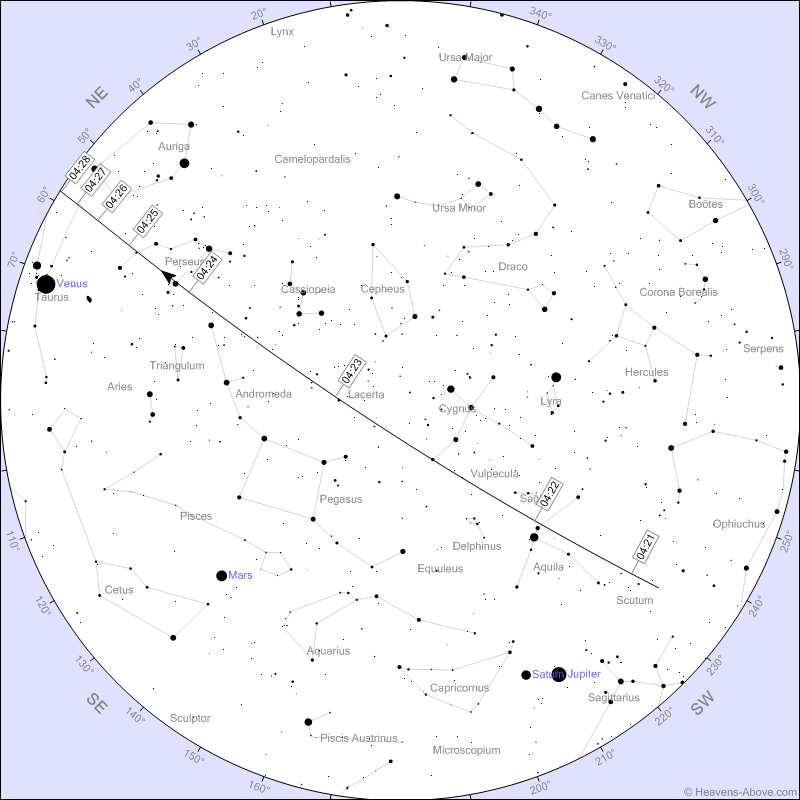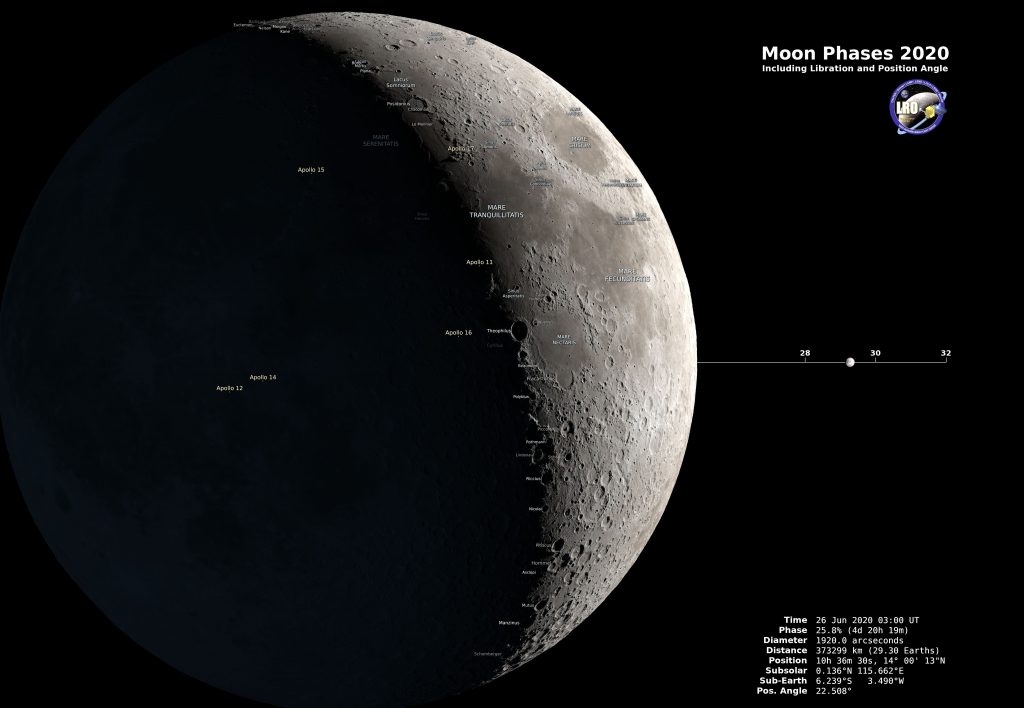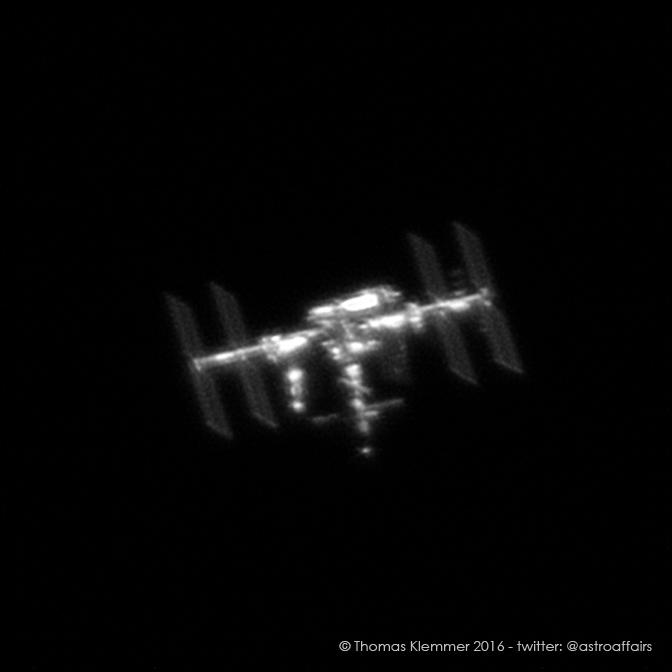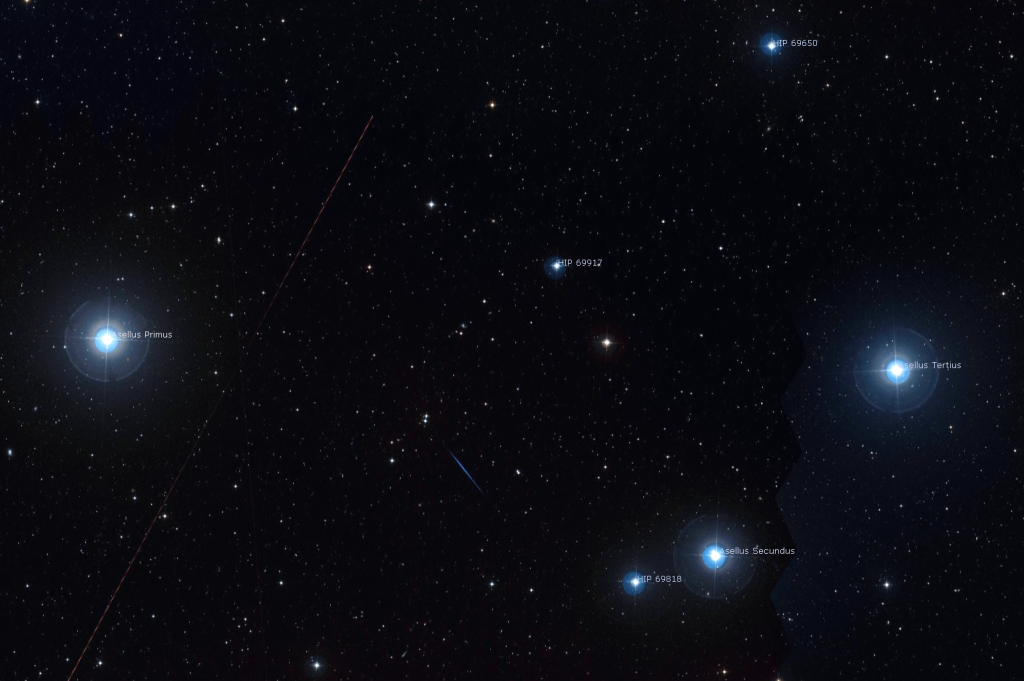The Evening Moon’s Golden Handle, Earth at Aphelion, See Seven Planets Simultaneously, and the Full Moon enters Earth’s Shadow and Joins Jupiter and Saturn!
A close-up view of Sinus Iridum and the Golden Handle to its west. The large feature is located in the northwestern (upper left) quadrant of the moon’s disk. The handle effect is visible with sharp, unaided eyes, and through binoculars and backyard telescopes. Note the N-S aligned dorsae, or wrinkle ridges. Image from Wikipedia. Happy…
Read more





